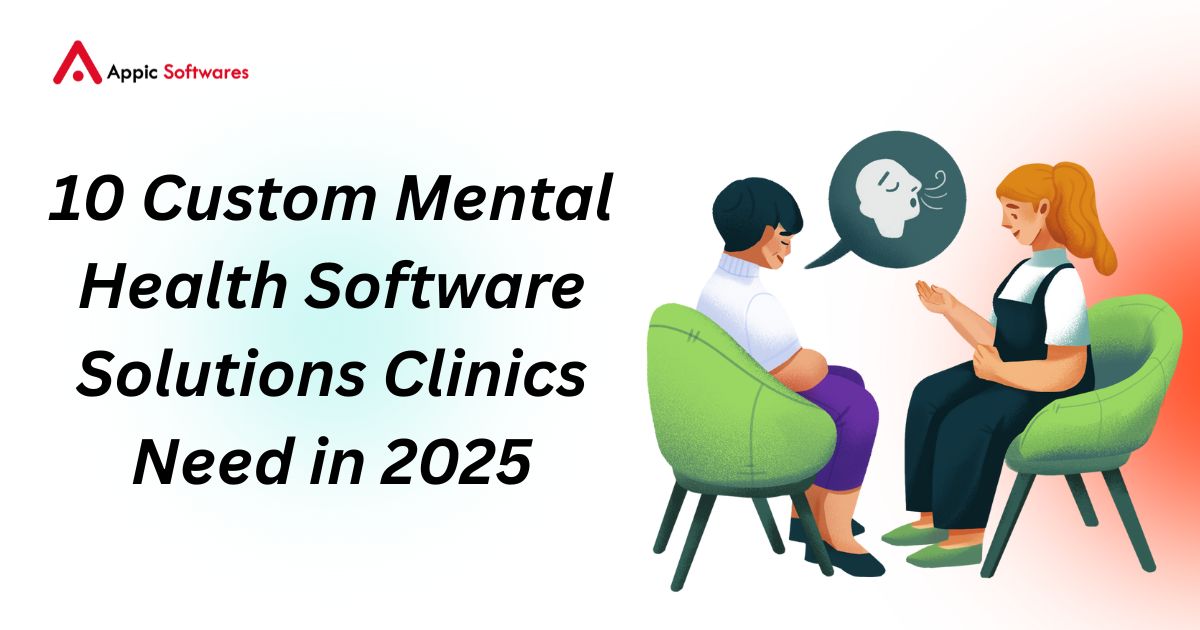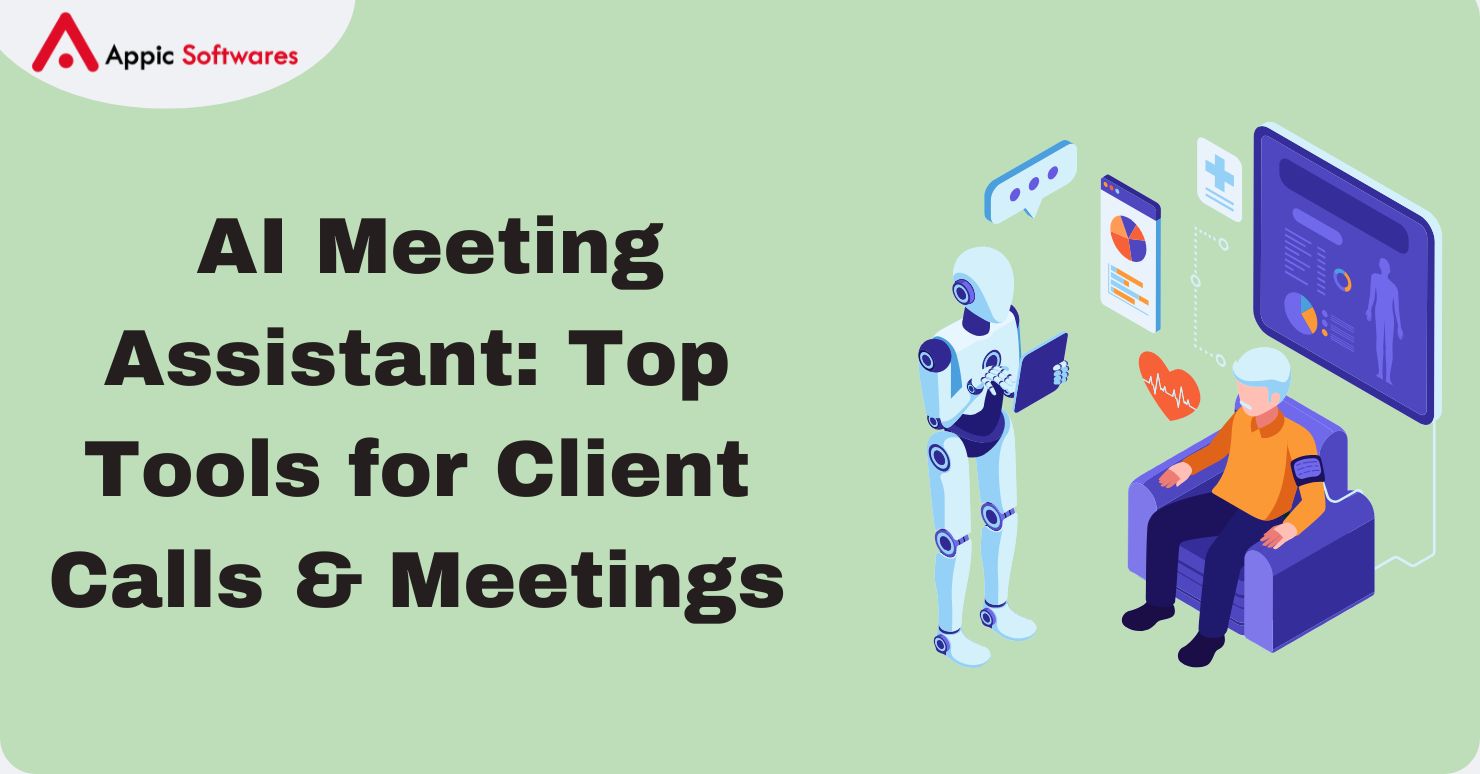
The market for web development was valued at USD 70.6 billion in 2024 and is expected to grow at a compound annual growth rate (CAGR) of 8.03% from 2025 to 2033, reaching USD 141.49 billion. Django is a Web Framework for Python. It is an open-source web application framework. It is used for constructing websites and web applications. It is popular because of the speed it offers in the completion of a transaction, compared to other forms of payment, the safety, and convenience of using the product. The steps it will take and other facts regarding the price to build a Django website are covered here.
What Are The Benefits Of Django Web Development With Python?
Fast Setup And Clear Code
Python Django Web development also allows you to begin a project with ease. Django provides you with an easy way to install Django and create a new project. The framework provides you with default values for the database, URLs, and apps. You can write basic scripts in Python files. You avoid boilerplate work. It enables you to concentrate on what is important, namely the features of your software and applications that you wish to enhance. You are going to use the Rails features for creating forms, sessions, and user authentication. With MVC, you align models, views, and templates with rather limited scripting. And you get a clear structure: each application is located in a separate folder.
Less time is taken to set up, and more time is spent on building the game block. You keep your code neat. What this means is that you do not need much trouble when you are adding new apps. It is because of this that improved comprehension helps bring unity within a team. This also contributes to the aspect of ease in hiring and training developers to work under the establishment. For years, the fast setup and clear code have been vital in eliminating time wastage and potential sources of tension on any project.
Strong Security By Default
Django web development with Python shields your site out of the box. It protects against frequent attack methodologies such as SQL injections and cross-site scripting. Output is prevented in templates initially; for example, it escapes input automatically. It adds tokens to the forms to eliminate CSRF attacks that may be aimed at performing unauthorized posts. It is involved in password encryption and the secure process of granting users access. You get settings to enable and use a secure HTTPS connection as well as secure cookies.
Writing low-level checks is one of the things that you avoid personally. Although you adhere to best practices, Django already incorporates many of these fundamentals. You can adjust the security settings, but they can’t be set to low or high privacy. It is possible to add two-factor authentication or rate limiting to the system. It monitors and removes whoever tries to access the database once too often. This strong foundation reduces risk. You spend less time hunting vulnerabilities. And you trust your Django expert team to build on a secure core.
Built-In Admin Interface
Django web development with Python comes with an admin panel ready to use. You register your models in admin.py. Then you log in to a web dashboard. You add, edit, and delete records without writing forms or views. You search and filter data with default controls. You set permissions for different users. You customize list displays and form layouts in a few lines of code. You can add actions to bulk-update items. You link related objects with dropdowns. This admin interface speeds up content management. It suits blogs, shops, and dashboards. You save weeks of development time. You avoid third-party tools or custom builds. You deliver a polished backend to staff or clients. And you keep the admin secure with built-in user groups and staff flags. The admin panel makes day-to-day tasks simple.
Easy Scalability And Maintainability
Django web development with Python supports projects of any size. You start small, then grow without rewrites. This makes Django particularly suitable for Python ecommerce development, where handling increasing traffic and expanding product lines is crucial. You swap databases, add caching, or introduce task queues. You plug in tools like Redis or Celery with standard settings. You handle more traffic by scaling your web servers and database separately. You use load balancers and CDNs. You keep code DRY, don’t repeat yourself by using shared libraries. You write tests to catch bugs early. You run tests automatically during deployment.
Large Community and Rich Ecosystem
Django web development with Python has thousands of active users and contributors. You find tutorials, forums, and Q&A threads for any issue. You access free and paid packages to add features fast. For instance, there are packages developed by AI development companies that allow seamless integration of machine learning capabilities into your Django application. You integrate search, payments, or social login with plug-and-play apps. You use Django REST Framework for APIs or Wagtail for content editing. You browse package indexes for the tools you need. You join meetups and conferences to learn best practices.
How To Implement Django For Web Development With Python?

Install Python and Django
First, install Python on your computer. Then run pip install django in your terminal. This command sets up Django web development with Python. You get the Django-admin tool. It helps you start a new project.
Start a New Project
Use django-admin startproject mysite. This makes folders and files that you need. It sets up settings, URLs, and a WSGI file. You see a simple project ready to run. You now have the base for Django web development with Python.
Create an App
Inside your project, run python manage.py startapp blog. This makes a module for a feature. You can have apps for users, a shop, or a blog. Each app handles one part of your site. You keep your code neat and clear.
Define Models and Migrate
In models.py, define your data in classes. Each class becomes a database table. Then run python manage.py makemigrations and python manage.py migrate. This sets up your database. You now store data in tables you made.
Build Views and Templates
In views.py, write functions or classes that get data. In templates, write HTML files that show data. You link them in urls.py. This ties URLs to views and HTML. You see the pages on your site when you open a URL.
What Is The Cost For Django Web Development With Python?
Hosting and Servers
You need a server to run Django web development with Python. You can use shared hosting or a cloud server. Shared hosting can cost $5–$15 per month. A cloud server may cost $20–$50 per month. Price changes based on traffic and power.
Development Time
A simple site can take a Python Django developer 20–40 hours. A complex site can take 100+ hours. Hourly rates vary by region. You may pay $25–$100 per hour. Multiply hours by your rate to get your cost. If your project involves AI components, the AI app development cost can increase the total hours required, depending on the complexity of the AI features.
Maintenance And Updates
After launch, you need to keep the site safe. You update Django versions and packages. You fix bugs and add features. Plan 10–20 hours per month of work. This can cost $250–$2000 per month, depending on rates.
Third-Party Services
You might use email, payments, or storage. Email tools may cost $10–$50 per month. Payment fees are a percentage of each sale. Storage tools like AWS S3 cost by gigabyte used. Add these costs to your budget.
How Appic Softwares Can Help You With Django Web Development With Python?
Expert Django Developers
Appic Softwares has Django expert teams. They know Django web development with Python inside out. They set up secure sites fast. They handle custom features. They free you from the technical load.
Custom Feature Build
Need a unique feature? Appic Softwares can build it. They can add chat, AI, or maps. They tailor each part to your needs. They test each feature. You get a stable result.
Ongoing Support and Updates
Appic Softwares offers support plans. They update Django and packages. They monitor site health. You get regular reports. You focus on your core work.
Cost-Effective Solutions
Appic Softwares works by clear quotes. You know the cost before work starts. They match your budget. You avoid surprise bills. They offer flexible plans.
What Is The Process For Django Web Development With Python?
Requirement Gathering
The process begins with gathering clear requirements for Django web development with Python. Stakeholders outline all desired features, user roles, and permissions. Data models and workflows get detailed in simple terms. Third-party integrations, such as payment gateways or email services, get identified early. Goals, deadlines, and scope become documented to prevent scope creep. Technical choices like hosting platforms and database systems—receive confirmation. Each requirement undergoes review and adjustment with the development team. This foundational step establishes mutual understanding and aligns expectations. A well-crafted requirements document guides all subsequent phases of Django web development with Python, ensuring clarity and reducing the risk of missteps later in the project lifecycle.
Planning and Design
Following requirements, planning and design set the blueprint for Django web development with Python. Site maps chart the overall structure. Wireframes illustrate page layouts for key sections. URL routing, data flow, and API endpoints get specified. The Django app structure is outlined for modular development. Template organization and static file handling receive attention. Design feedback loops ensure alignment with business goals and user experience standards. Revisions occur before any code is written to avoid costly changes later. A finalized design plan offers a clear roadmap, guiding the Python Django developer through the upcoming development phase and streamlining the build process.
Development and Testing
Development and testing follow planning in Django web development with Python. Your Python Django developer writes code in small parts. You start with models, then move to views and templates. You run makemigrations and migrate to update the database. You write unit tests for each feature. For projects that include AI, it’s important to incorporate the AI software development process, which involves testing data pipelines, model accuracy, and integration points with the Django backend. You test forms, user login, and data flow. You use Django’s test client to simulate user actions. You fix bugs as you find them. You deploy code to a staging server for broader testing. You review code in pull requests. You merge once the tests pass. You keep commits small and clear. This phase ensures reliable Django web development with Python and a stable code base.
Deployment
Deployment wraps up core development in Django web development with Python, moving the application from staging to production. A suitable server or cloud service is provisioned. Gunicorn or uWSGI handles application serving, with Nginx configured as a reverse proxy. Static files collect via Django’s collectstatic command. Environment variables secure database credentials and secret keys. SSL certificates enforce HTTPS security.
Database migrations apply live
schema updates. Process managers such as Supervisor or systemd ensure the application stays running. Logging and monitoring tools track errors and performance. Automated deployment pipelines, triggered by version control changes, streamline future releases. A rol
lback strategy safeguards against unexpected issues, ensuring minimal downtime.
Maintenance and Support
Ongoing maintenance and support sustain Django web development with Python over time. Regular monitoring tracks performance metrics and error logs. Security updates for Django and dependencies are applied promptly. Database and media backups run on a scheduled cadence. Bug reports receive triage and fixes in subsequent patches. Performance tuning—through optimized queries and caching—keeps response times low. Documentation stays current for new team members and future reference. Monthly reviews with stakeholders assess feature requests and priority adjustments. Support agreements outline response times for urgent issues. Continuous improvements align the application with evolving business needs. This proactive care model extends the lifespan and reliability of the Python Django project.
Final Thoughts
Django is a good choice for building websites with Python. It is safe, fast, and can grow with your needs. The cost depends on what you want your website to do, how it looks, and who builds it. Plan your budget by thinking about features, design, and ongoing needs. Start simple and improve your website over time.
Why settle for ordinary when you can build extraordinary? At Appic Softwares, we don’t just develop Django apps—we craft digital experiences that scale, perform, and evolve with your business. From MVPs to enterprise-grade solutions, our team is ready to turn your vision into reality.
Let’s code your next big success—get in touch with us today!
Frequently Asked Questions
What is Django web development with Python good for?
Django web development with Python works well for sites that need user login, content management, or e-commerce. It gives built-in features like an admin panel, forms, and security. Django’s flexibility allows for the integration of advanced technologies, such as AI agents developed by specialized AI agent development companies, making it suitable for a wide range of applications. You write less code and launch faster than with many other frameworks.
Do I need a Python Django developer for my project?
If you lack experience in web development, hiring a Python Django developer helps. They know how to structure your project, write clean models, and secure your site. They save you time and reduce mistakes.
How long does Django web development with Python take?
A simple site takes about 20–40 hours of work. A medium site with custom features can take 60–100 hours. A complex app may exceed 100 hours. Time varies by features, design, and testing needs.
Can Appic Softwares handle custom Django web development?
Yes. Appic Softwares has a team of Django experts. They can build custom features, integrate third-party services, and provide ongoing support. They work with you from planning to deployment and beyond.








